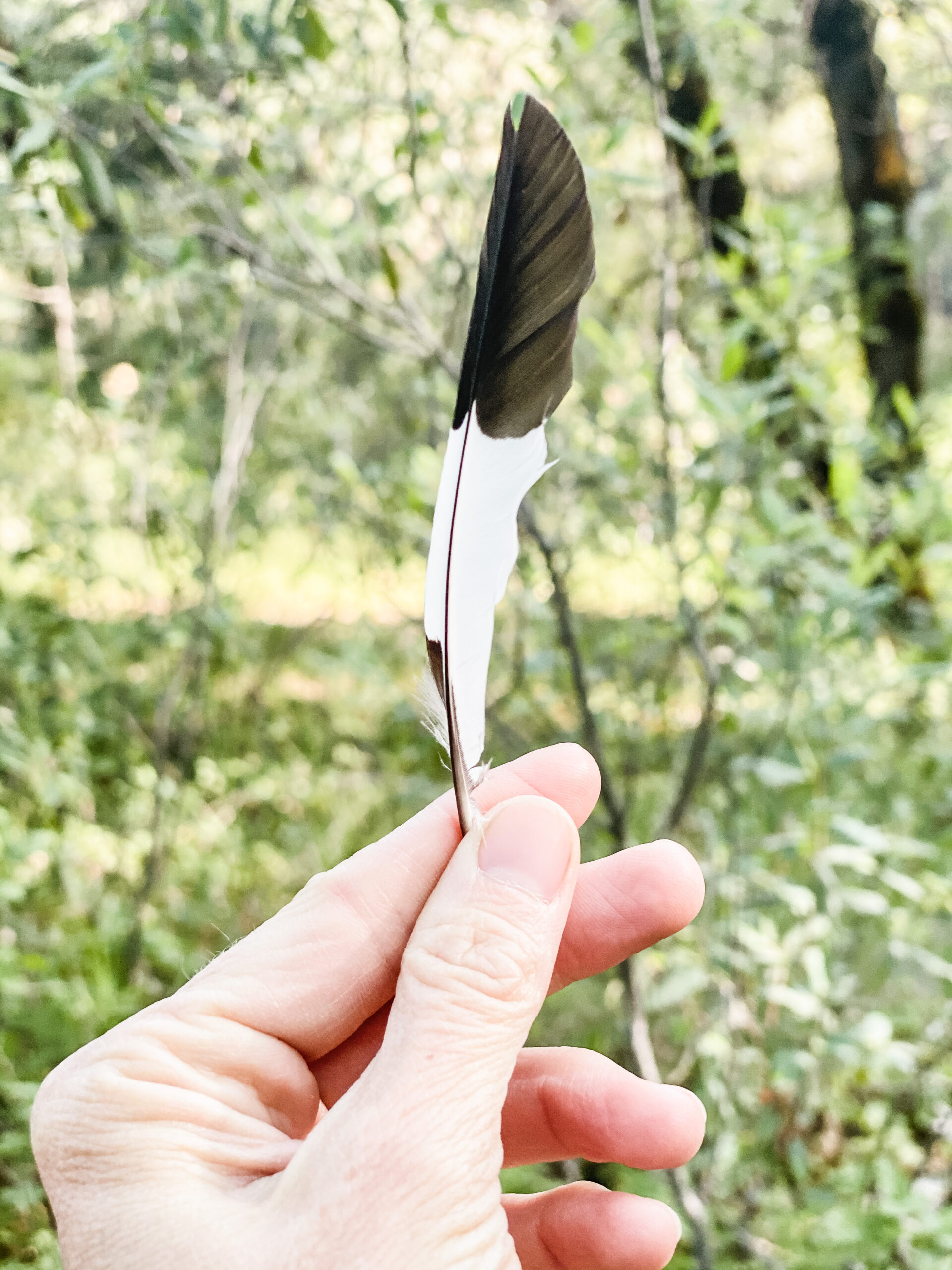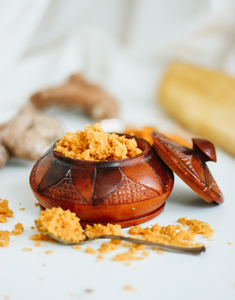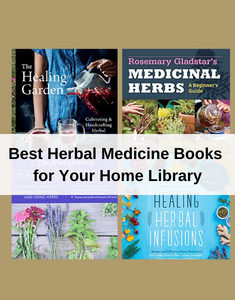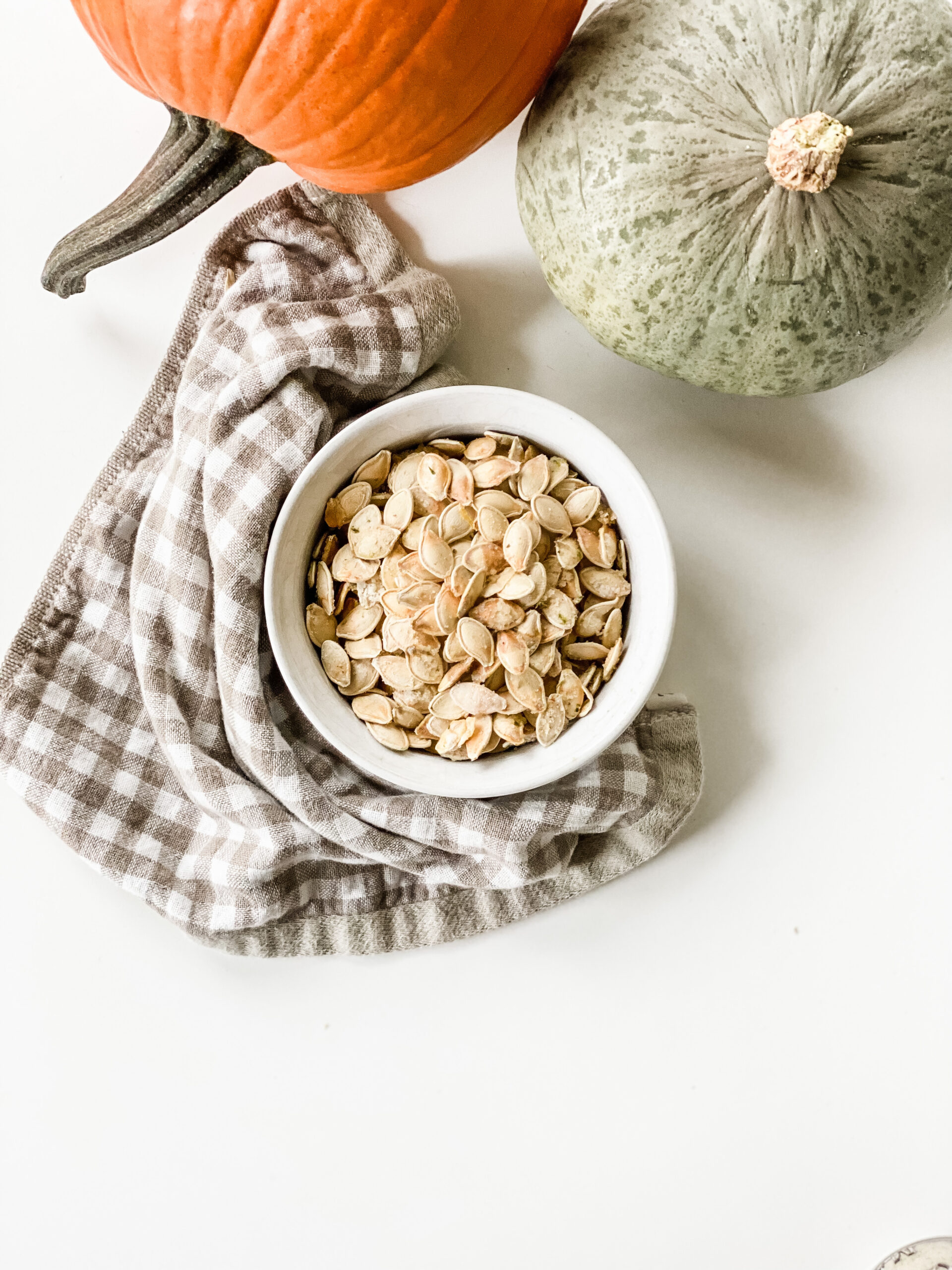How to Make Goldenrod Infused Herbal Oil: A DIY Recipe

Autumn is the season of goldenrod (solidago), a final flowering herb of summer with bright yellow flowers and long, slender stalks. Their leaves hold a heavy herbal aroma cherished for their mood-uplifting qualities. Indigenous and nature-loving artists have long used goldenrod as a natural dye source. The bright flowers generate a shocking yellow color that takes to natural fibers well for a long-lasting reminder of the luminosity of sunshine. Another way to capture the magic held in goldenrod flowers, leaves, and stems of the plant is through a simple oil infusion. Oil infused with goldenrod is for external use and can be used topically for massage or use in other herbal products, including salves, chapstick, body butter, and more.
What is an oil infusion?
Oil infusions are an infusion of medicinal or culinary herbs in a fixed oil menstruum, usually olive, almond, or other type of oil.
When applied to the skin, medicinal oil infusions form a protective layer. They are used to hold other therapeutic or cosmetic ingredients to the skin and are often used in herbal remedies.
Oil infusions prepared for use as food contain the nutrients, flavor, and aroma of culinary herbs.
What Does the Plant Goldenrod Look Like?
Goldenrod is one of the last flowering plants of summer, and its striking yellow flowers that cluster toward the top of the plant make it stand out among the drying grasses and leaves of the late summer season.
Goldenrod is a perennial plant with long, woody stalks adorned with pointed, slender leaves that culminate at the top of the plant with a fan cluster of flowers with bright yellow tops. The plant typically grows about 3ft (1 meter) tall. It is produced by bulbs, and its flowers do not contain pollen.
Goldenrod is often mistakenly blamed for end-of-summer seasonal allergies. Goldenrod is pollinated by insects and not through the air; unlike ragweed, it looks very similar and blooms simultaneously. Ragweed pollen is typically what is to blame for any allergic reactions. Goldenrod, in Latin, is known as Saldago, which means to “Make Whole.”
What parts of goldenrod to include in an infused oil
All aerial parts of Goldenrod can be used in an infused oil.
Although this recipe uses purchased goldenrod tea, fresh goldenrod stems, leaves, and flowers can be collected, dried, and blended in a foraged-infused oil. Foraging for goldenrod is a great way to connect to the season and nature.
When Does Goldenrod Bloom?
Goldenrod blooms from mid-August through the end of September or to the first frost in some locations.
Goldenrod is a wonderful plant to include in the garden because it is late blooming and will add that dash of color during the seasonal shift.

Where to Buy Goldenrod
(This article contains affiliate links and Amazon associate program links. When you purchase through an affiliate link, I receive a small payment at no extra cost. Thank you for your support).
Goldenrod grows prolifically in the wild and is a great plant to forage. It’s easy to spot, and although it can be mistaken for ragweed, it’s easy to discern with a bit of research. Use a plant identification app or botany book for proper plant identification.
Goldenrod is also a very easy plant to grow. It makes a wonderful addition to any garden. As a native American herb, it grows well in nearly all growing zones.
Goldenrod seeds can be purchased online through Amazon or your local garden supply store.
Where to Buy Goldenrod
Purchase goldenrod as a dried herb or as a looseleaf tea for this recipe.
Why Make Goldenrod Infused Body Oil?
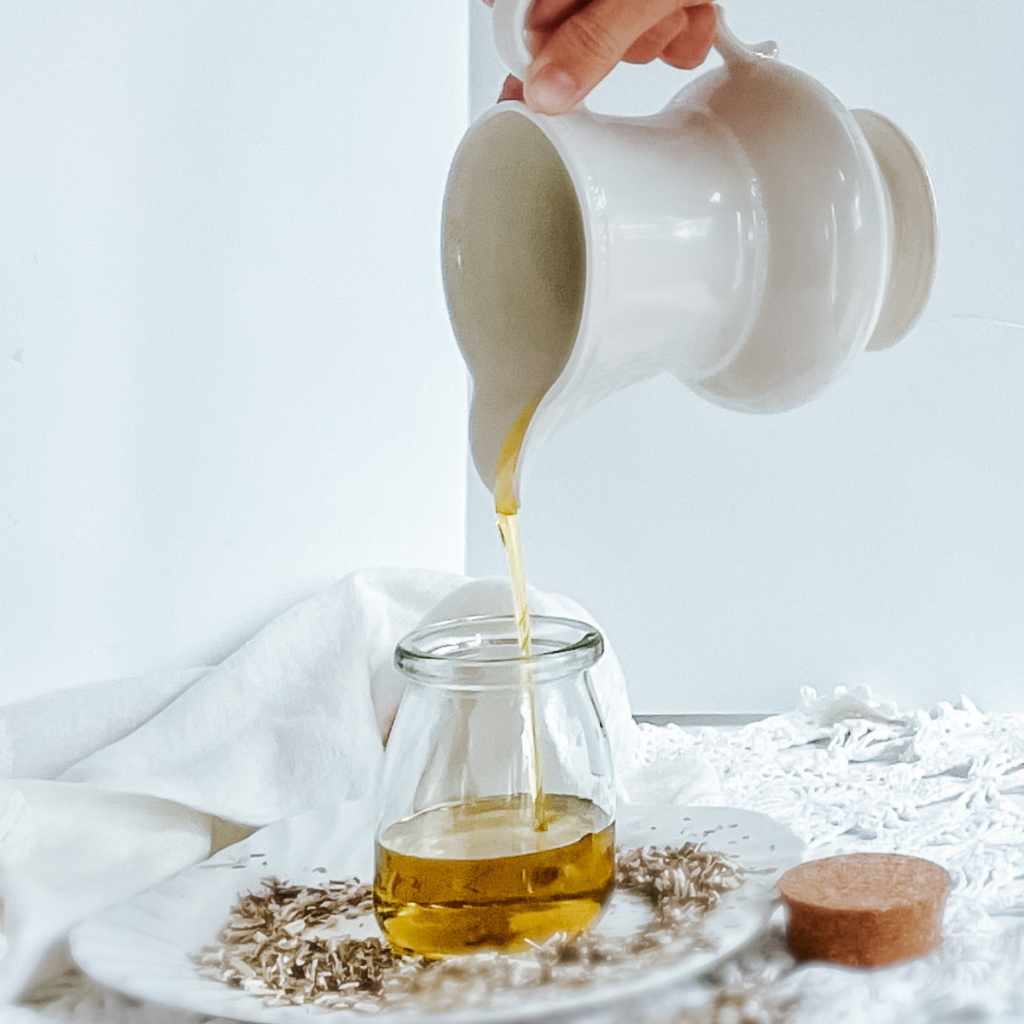
Making infused goldenrod oil is a simple and easy process. Great for anyone beginning to make DIY bath and body care products.
With just two ingredients, you can create a customized infused oil that can be used in various products, from soaps, lotions, salves, and more.
Infused oils are a sustainable method of preserving a seasonal plant like Goldenrod to use for the winter months ahead. Deeply moisturizing and soothing to aching and sore muscles. Making infused oils may quickly become a favorite way to enjoy the season as part of your self-care ritual.
I first started using Goldenrod as part of my natural skincare when I learned its ability to ease dry, itchy, and blotchy skin due to cold weather temps and eczema flairs. What follows is my favorite folk method for creating infused goldenrod oil. Incorporate goldenrod oil into your daily routine during seasonal shifts for extra moisturization.
Folk Method for Making Goldenrod Infused Oil
Recipe Snapshot
EASE: Easier to make than you might think
PROS: Topical use can ease itching & dryness
CONS: Absolutely none
WOULD I MAKE THIS AGAIN? Absolutely.
Ingredients
Just a few ingredients
Tools and Equipment
The Folk Process for Making Goldenrod Infused Oil
The folk method for infusing goldenrod into oil is a simple process that uses time and the power of the sun.
Prepare the Herbs and oil
Measure the dried goldenrod and use a mortar and pestle or a coffee grinder to reduce the herb to a fine powder.
The grinding will release the plant oils for better absorption during infusion.
Pour the crushed herb into a dry jar that is glass and heat-safe. No liquid can be introduced to the oil during the infusion process to avoid contamination.
Always work with clean, dry hands and tools.
Pour the olive oil over the plant material, completely submerging the goldenrod powder in the oil.
Fill the jar until the oil rests 1 inch above the submerged plant material. With a spoon, mix the herbs and the oil. Release any air bubbles and press the plant matter down into the oil so all
parts remain covered.
Let the herbs settle for 5-10 minutes, and add more oil if needed. Some lighter herbs will float at first, the additional 1/4 inch of oil will ensure the herbs remain covered.
Infuse for 7-10 days
Cap the jar tightly.
Place the jar in a thick paper bag or box to keep the light out, and place it in direct sunlight for seven to ten days (a warm to hot infusion, depending on the weather).
Shake and stir the mixture every four to six hours or at least several times daily.
Strain the Infused Oil
When the infusion is complete, strain the oil from the herb.
Place a mesh strainer or sieve lined with the cheesecloth over a clean, sanitized, airtight jar.
Pour the infused oil through the mesh strainer, separating the herbs from the oil.
Press the remaining pulp with your fingertips to release any remaining oils.
Allow the fresh infusion to sit indoors for two to three days, then decant and filter out any remaining sediment.
Bottle the infusion in glass airtight bottles or jars, label, and store in a cool, dry, and dark place.
Folk Method Tips and Tricks
Many dried herbs will absorb the extra 1/4 inch of oil. Check your mixture 24 hours after making it; if absorption has occurred, add enough oil to reestablish the extra measure of oil.

Tips & Tricks
- Many dried herbs will absorb the extra 1/4 inch of oil. Check your mixture 24 hours after making it; if absorption has occurred, add enough oil to reestablish the extra measure of oil.
- Add a few small rocks to the paper bag for extra weight to hold the jar of oil steady.
- The oil will keep up to one year if stored in a cool, dark, dry place in an airtight container. Once opened, use the oil within three months.
Other Uses of Goldenrod
Native Americans of the Sierra Nevada foothills are said to have used Goldenrod to brew goldenrod tea for a variety of medicinal and restorative reasons. Mt. Sinai has written that a cup of tea can be used to flush out kidney stones and assist with urinary tract infections.
Use goldenrod-infused oil to make a whipped body butter.
Use dried goldenrod in a facial steam. Check out our spring facial steam for steaming basics. Add goldenrod to your next facial steam.
Soothe itchy, dry skin with a goldenrod salve.
Goldenrod tincture is an herbalist’s favorite during allergy season as it is often used to support the body.
Recommended Before Use

- As with all DIY and homemade body care products, please spot-test the product before use.
- Dab a small amount of the infused oil on a soft body spot, like the fold where the elbow bends or behind the knee.
- Spot-checking will avoid any allergic reaction.
- Do not apply goldenrod-infused oil on children younger than five years old.
- Do not apply the infuse doil to mucous membranes.
I am not a medical professional and do not claim that these herbs are a substitute for professional care. Always consult a professional for medical advice when starting natural remedies or using homemade natural products at home. These are just things that I use and love in my own home.

Goldenrod Infused Oil
Making infused goldenrod oil is a simple and easy process. Great for anyone beginning to make DIY bath and body care products. With just two ingredients, you can create a customized infused oil that can be used in various products, from soaps, lotions, salves, and more.
Ingredients
- 2 cups extra-virgin olive oil
- dried goldenrod (leaves, stems, and flowers included)
- 1 Mortar and pestle or coffee grinder used for herbs
- 2 16oz glass jar (a mason jar works best
- Measuring cups
- Paper bag
- Fine mesh strainer or sieve
- 2 pieces of cheesecloth cut into 5" x 5" squares (coffee filters will also work)
- Scissors
- Airtight glass containers for storing
Instructions
Prepare the Herbs and oil
Measure the dried goldenrod and use a mortar and pestle or a coffee grinder to reduce the herb to a fine powder.
The grinding will release the plant oils for better absorption during infusion.
Pour the crushed herb into a dry jar that is glass and heat-safe. No liquid can be introduced to the oil during the infusion process to avoid contamination.
Always work with clean, dry hands and tools.
Pour the olive oil over the plant material, completely submerging the goldenrod powder in the oil.
Fill the jar until the oil rests 1 inch above the submerged plant material. With a spoon, mix the herbs and the oil. Release any air bubbles and press the plant matter down into the oil so all
parts remain covered.
Let the herbs settle for 5-10 minutes, and add more oil if needed. Some lighter herbs will float at first, the additional 1/4 inch of oil will ensure the herbs remain covered.
Infuse for 7-10 days
Cap the jar tightly.
Place the jar in a thick paper bag or box to keep the light out, and place it in direct sunlight for seven to ten days (a warm to hot infusion, depending on the weather).
Shake and stir the mixture every four to six hours or at least several times daily.
Strain the Infused Oil
When the infusion is complete, strain the oil from the herb.
Place a mesh strainer or sieve lined with the cheesecloth over a clean, sanitized, airtight jar.
Pour the infused oil through the mesh strainer, separating the herbs from the oil.
Press the remaining pulp with your fingertips to release any remaining oils.
Allow the fresh infusion to sit indoors for two to three days, then decant and filter out any remaining sediment.
Bottle the infusion in glass airtight bottles or jars, label, and store in a cool, dry, and dark place.
Folk Method Tips and Tricks
Many dried herbs will absorb the extra 1/4 inch of oil. Check your mixture 24 hours after making it; if absorption has occurred, add enough oil to reestablish the extra measure of oil.







